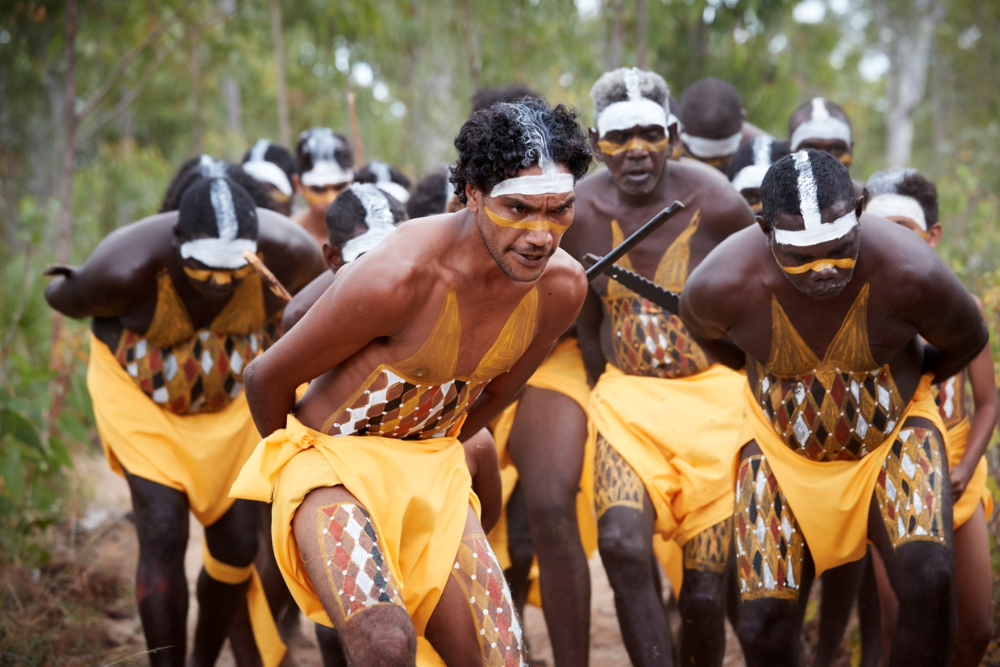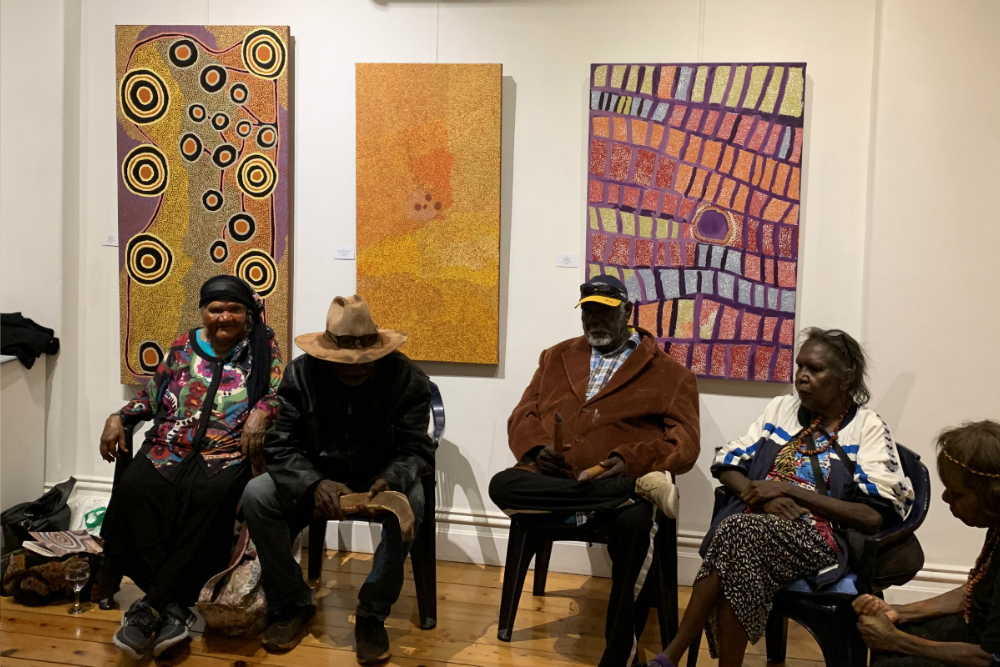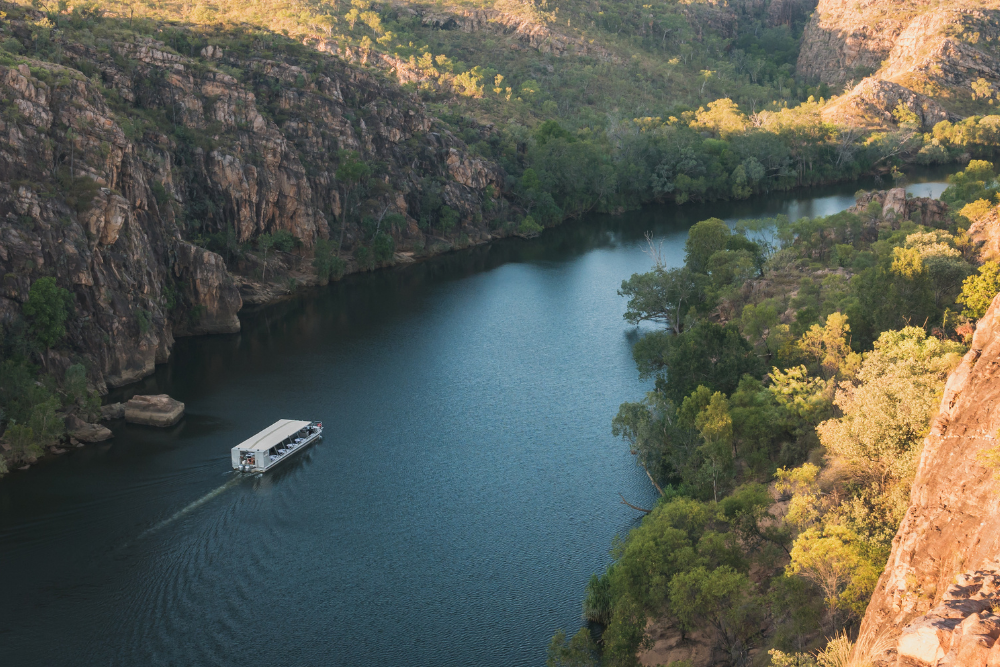The Northern Territory (NT) is a land of incredible natural beauty and diversity, home to expansive deserts, lush tropical rainforests, and ancient rock formations. But what truly makes the Northern Territory so unique is its deep connection to Aboriginal culture. Aboriginal people have lived on this land for over 65,000 years, making them the world’s oldest continuous culture. The Northern Territory is rich in stories, traditions, and spiritual beliefs that have been passed down through generations, providing a fascinating glimpse into one of the world’s oldest living cultures.
In this guide, we will explore the Aboriginal culture and heritage of the Northern Territory, focusing on the land’s significance, its traditional owners, and how visitors can experience the rich history and vibrant culture of its people.
The Importance of Land and Spirituality
For Aboriginal people, the land is not just a physical space; it is a living, breathing entity imbued with deep spiritual significance. Aboriginal cultures view themselves as caretakers of the land, with a responsibility to protect and preserve it for future generations. The connection between people and the land is reflected in the concept of “Country”, which encompasses not just the physical environment but also the cultural, spiritual, and ancestral ties to the land.
- The Dreaming: Central to Aboriginal spirituality is the belief in the Dreaming (also known as The Dreamtime). This is the mythological period when the world was created, and ancestral beings shaped the landscape, animals, and people. These stories explain the origins of the land, the people, and the natural world, providing a framework for understanding cultural practices, laws, and connections to Country.
- Sacred Sites: Throughout the Northern Territory, there are numerous sacred sites that hold spiritual significance for Aboriginal communities. These sites include rock art galleries, waterholes, mountains, and landforms, many of which are considered places where the spirits of ancestors still reside. These sites are not just for ceremonial use; they represent a deep, ongoing relationship between the land and the people who have lived on it for millennia.
Aboriginal Communities and Traditional Owners
The Northern Territory is home to more than 50 distinct Aboriginal groups, each with their own language, customs, and traditions. Some of the best-known groups in the NT include the Arrernte, Luritja, Yolŋu, Tiwi, and Warlpiri people. Each group’s connection to their land is deeply rooted in their unique histories, languages, and practices.
1. The Yolŋu People
The Yolŋu people are one of the largest Aboriginal groups in the Northern Territory, and they are primarily located in the East Arnhem Land region. Their culture is deeply connected to the sea and coastal landscapes, with a strong emphasis on fishing and hunting. The Yolŋu people have a rich tradition of songlines, ceremonial dances, and art, with bark painting and djutjut (wooden sculptures) being particularly important.
2. The Tiwi People
The Tiwi people inhabit the islands north of Darwin, including Bathurst Island and Melville Island. Known for their vibrant art and cultural ceremonies, the Tiwi people have a strong tradition of carving and bark painting. The Tiwi are famous for their Tiwiland ceremonies, where they perform intricate dances and rituals to honor their ancestors and to ensure the continued health and vitality of the land.
3. The Arrernte People
The Arrernte people are the traditional owners of the land around Alice Springs and the West MacDonnell Ranges in Central Australia. Their culture is characterized by a strong connection to the desert landscapes and their ancient stories of creation. The Arrernte people’s rich cultural heritage is visible in their rock art and sacred sites, and they continue to preserve their traditions through storytelling, ceremonial practices, and art.
4. The Warlpiri People
The Warlpiri people are the traditional owners of the vast Tanami Desert in central Australia. Their culture is deeply intertwined with the land’s natural features, with many sacred sites found throughout the region. Warlpiri art, particularly sand painting and dot painting, is world-renowned and often reflects the stories of their Dreaming.
Experiencing Aboriginal Culture in the Northern Territory
The Northern Territory offers numerous opportunities to engage with and learn from Aboriginal communities, whether through guided cultural tours, art exhibitions, or visits to sacred sites. Here are some of the best ways to experience the Aboriginal culture and heritage of the region:
1. Aboriginal Art Galleries and Centres
One of the most direct ways to immerse yourself in Aboriginal culture is through art. Aboriginal art is one of the most significant forms of cultural expression, with each piece telling a unique story about the land, ancestors, and Dreaming.
- Art Centres: There are several Aboriginal-run art centres throughout the Northern Territory, where visitors can view and purchase authentic Aboriginal artwork. Some of the best-known centres include:
- The Art Gallery of the Northern Territory in Darwin, which features an extensive collection of Aboriginal art from across the Top End.
- Papunya Tula Artists near Alice Springs, known for its dot paintings from the Western Desert.
- Tiwi Design on Bathurst Island, which showcases the vibrant works of the Tiwi people.
- Art Tours: Many Aboriginal communities offer art tours, where visitors can learn about the techniques and cultural significance behind the artworks. These tours often include opportunities to meet local artists and watch them create their pieces.
2. Cultural Tours and Experiences
Guided cultural tours are an excellent way to learn about the Aboriginal heritage of the Northern Territory. Aboriginal guides share their knowledge of the land, Dreaming stories, and traditions, offering visitors a unique and immersive experience.
- Kakadu National Park: Known for its ancient rock art galleries and sacred sites, Kakadu is a hub for Aboriginal culture. Local guides, many of whom are traditional owners, lead tours through the park, explaining the spiritual significance of the rock art and the landscape. Don’t miss Ubirr and Nourlangie Rock, where you can see ancient Aboriginal paintings that date back thousands of years.
- Arnhem Land: This remote region in the Top End is home to the Yolŋu people, and visitors can take guided tours to experience their culture. You’ll have the chance to participate in traditional activities like fishing, bush tucker gathering, and art making while learning about the Yolŋu’s connection to their Country.
- Alice Springs Desert Park: This park offers guided cultural tours led by local Aboriginal guides who share insights into the Arrernte people‘s way of life, from hunting and gathering to the spiritual significance of the land. The Desert Park is also a great place to learn about Aboriginal culture in the desert environment.
3. Sacred Sites and Dreaming Trails
The Northern Territory is dotted with sacred sites that are central to Aboriginal culture. Many of these places are associated with Dreaming stories and have deep spiritual significance. Some sites are accessible to the public, while others require permission from local Aboriginal communities.
- Uluru: While technically in South Australia, Uluru is a sacred site of immense cultural significance for the Anangu people. Visitors to Uluru can join guided tours to learn about the Dreaming stories associated with the rock and the surrounding land.
- Nitmiluk National Park (Katherine Gorge): In addition to its stunning natural beauty, Nitmiluk Gorge is an important spiritual site for the Jawoyn people. You can take a boat cruise to learn about the park’s Dreaming stories, visit sacred rock art sites, and enjoy the pristine environment.
- The Larapinta Trail: This iconic trail in the West MacDonnell Ranges offers not only breathtaking landscapes but also an opportunity to connect with the land’s Aboriginal heritage. Many areas along the trail are culturally significant to the Arrernte people.
Conclusion
The Aboriginal culture and heritage of the Northern Territory are deeply intertwined with the land, its people, and its stories. With a history spanning over 65,000 years, the culture is rich, diverse, and incredibly meaningful. From ancient rock art and sacred sites to vibrant art galleries and guided cultural tours, there are countless ways to experience and learn from this incredible heritage.
Visiting the Northern Territory offers a unique opportunity to engage with one of the world’s oldest continuous cultures and gain a deeper appreciation for the profound connection between Aboriginal people and the land. Whether you’re exploring the Top End’s rainforests, the desert landscapes of the Red Centre, or the sacred sites of Arnhem Land, the Northern Territory provides an unforgettable journey into the heart of Aboriginal Australia.












